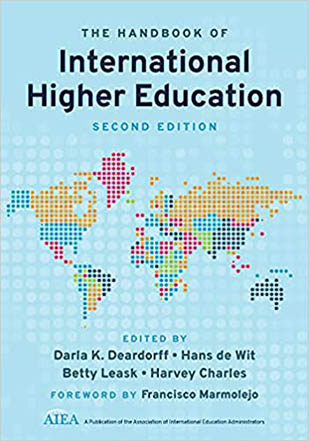The world has changed greatly in the 10 years since the first edition of the Handbook of International Higher Education was published in 2012. The second edition sees the world in the grip of a global health pandemic that is highlighting persistent inequalities in the world as it wreaks havoc, destruction and disruption.
With the pandemic sweeping through the world, the over 125 authors from all over the world revised and updated their contributions, as they lived through one of the most tumultuous periods in the history of international higher education.
In the 2012 Handbook many important questions were posed about the impact of international education in different parts of the world.
Some of these questions are still relevant today and new questions have emerged: How can international education contribute to the process of recovery across the world? How can it contribute to healing the rifts that have emerged within and between nations in the last decade, reduce inequality between the Global North and Global South and support the development of a healthier global environment?
If the next decades lead to increasing nationalism and protectionist politics, can international higher education reduce rather than increase inequality? How might it prepare students to engage globally in addressing world problems?
These and other topics are addressed in the 2021 version of the Handbook, which includes many substantive updates to the 2012 content, as well as some completely new chapters.

